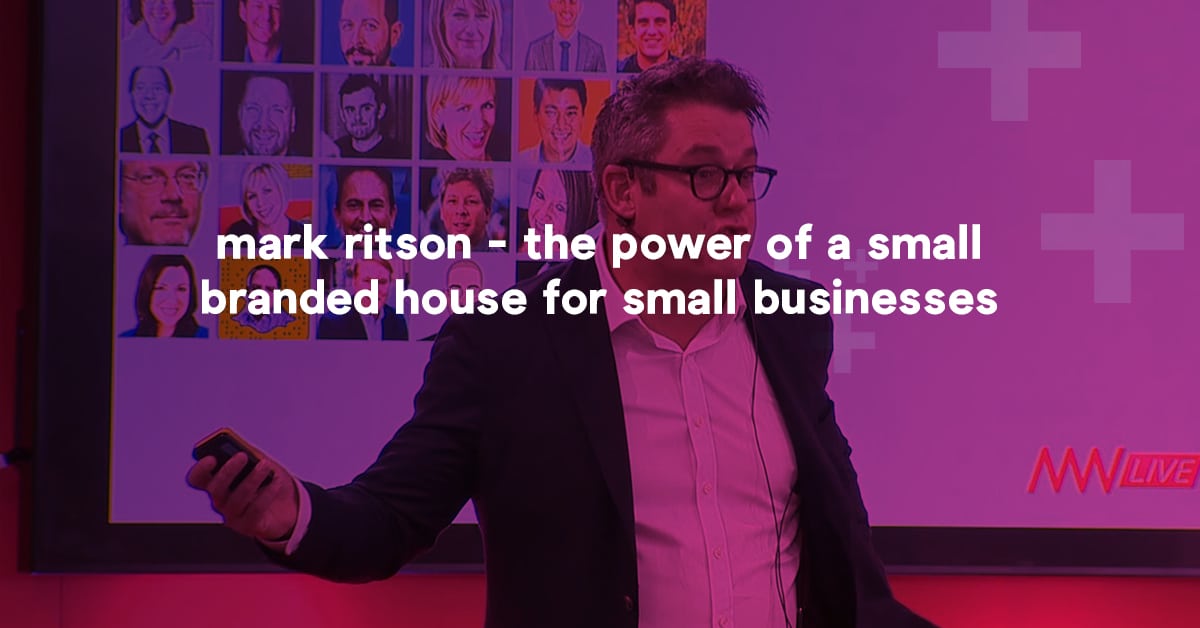Table of Contents
- Understanding Brand Architecture
- The Benefits of a Small Branded House
- A Real-Life Example: Veet for Men
- Key Takeaways for Small Businesses
As a small business owner, you might be tempted to create multiple brands in an effort to cater to different customer segments or address various needs. However, according to Mark Ritson, a professor at the Mini MBA, small businesses should focus on building a small branded house rather than spreading their resources thin across multiple brands. In this blog post, we’ll discuss the benefits of having a small branded house and why it’s essential for small businesses.
Understanding Brand Architecture
Brand architecture refers to the arrangement of brands within a company. There are four primary positions on the brand relationship spectrum:
- Branded House: A single brand, like IBM, where all products and services fall under one umbrella.
- House of Brands: Multiple brands under a single corporate brand, like LVMH, which acts as a holding company for 75 brands.
- Intermediate positions: Various arrangements that fall between these two extremes.
The Benefits of a Small Branded House
Small businesses can reap numerous benefits by focusing on a small branded house, including:
- Focused resources: Concentrating on a single brand allows you to allocate your time, effort, and budget more efficiently, leading to a higher return on investment.
- Easier brand management: With fewer brands to manage, it’s simpler to track performance, make improvements, and maintain brand consistency.
- Strong brand equity: By focusing on a single brand, you can build a more robust brand identity and reputation over time, ultimately leading to increased customer loyalty and trust.
A Real-Life Example: Veet for Men
Ritson shares the story of Reckitt Benckiser, the company behind the popular hair removal cream Veet. When they noticed an increase in sales due to men using the product, they decided to create a version specifically for men. However, instead of launching an entirely new brand, they opted to extend their existing Veet brand with “Veet for Men.” This decision allowed them to leverage the existing brand equity and avoid spreading resources thin by creating another brand.
Key Takeaways for Small Businesses
- Focus on building a small branded house, ideally with a single brand, to maximize your resources and achieve better results.
- Avoid creating multiple brands, as it can lead to diluted resources, increased costs, and difficulty managing brand identities.
- As your business grows, consider brand extensions rather than entirely new brands to leverage your existing brand equity.
By concentrating on building a small branded house, small businesses can efficiently allocate resources, simplify brand management, and create a strong brand identity that will ultimately drive growth and success.
